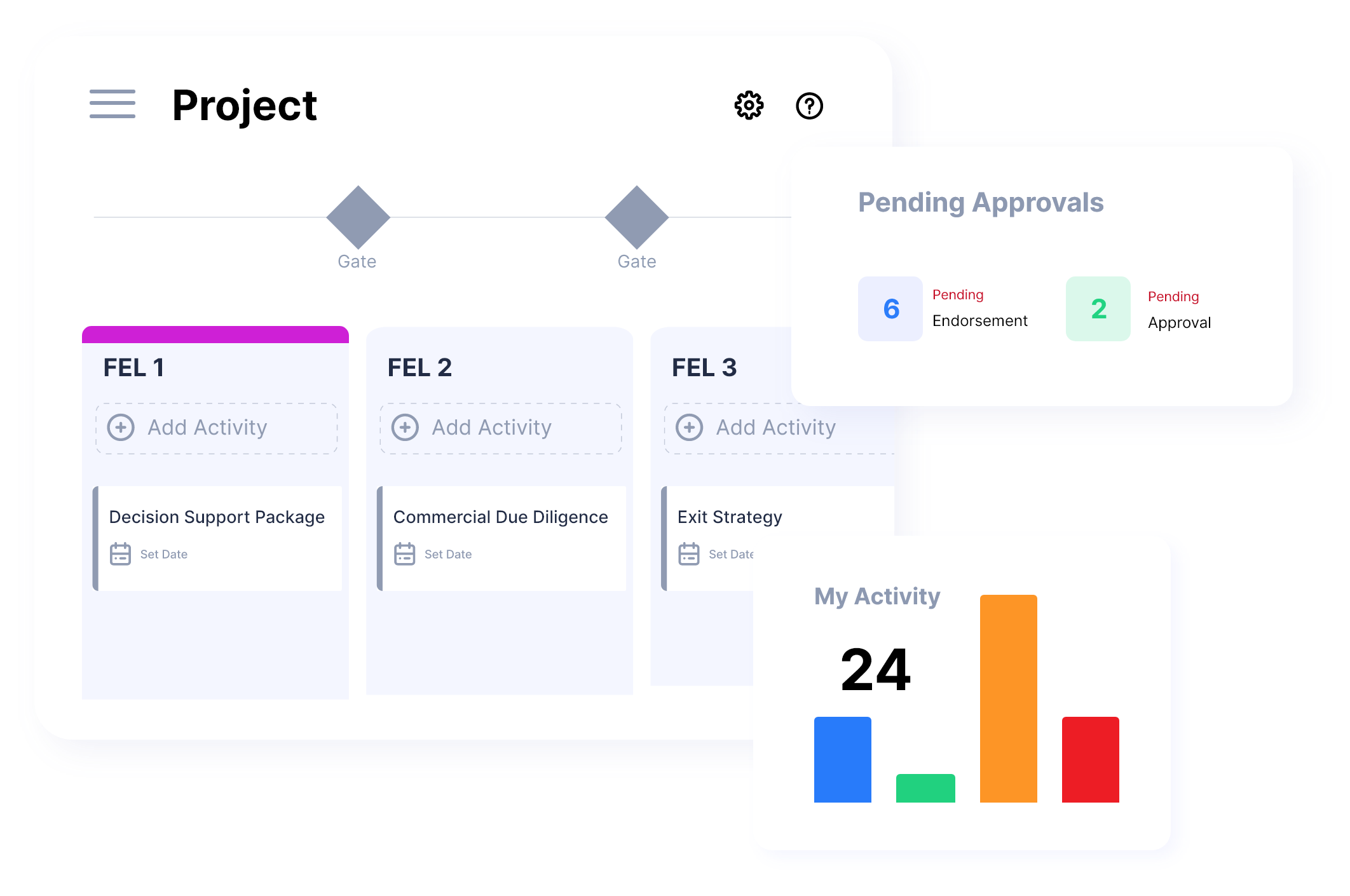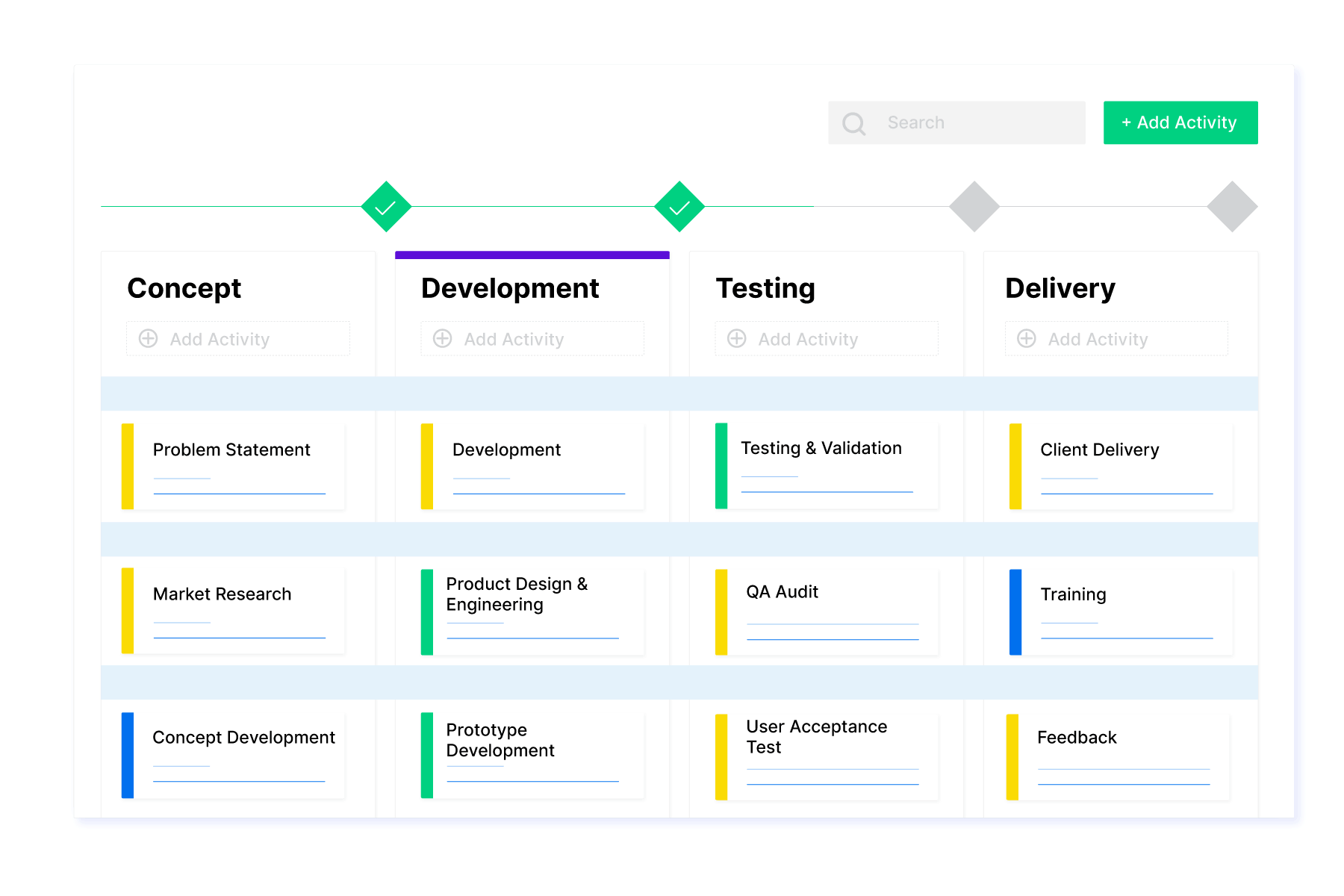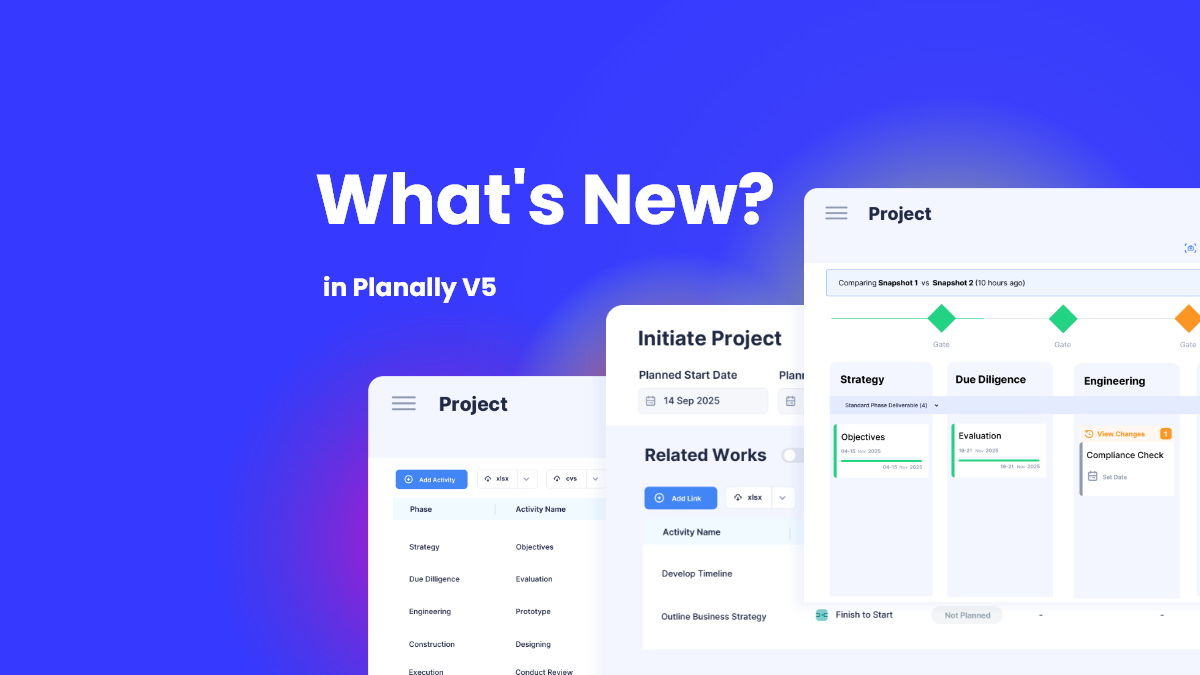 The Promise and the Paradox of the 4-Day Workweek
The Promise and the Paradox of the 4-Day Workweek
Across boardrooms and Slack channels, one phrase is echoing louder: “4-day workweek.” What was once an experimental buzzword is now being tested and adopted by companies around the world. From Japan to the UK to Iceland, organizations are challenging the conventional 5-day grind in pursuit of greater employee well-being, retention, and smarter productivity. (American Psychological Association)
The appeal is clear: more rest, better mental health, and a chance to recharge without sacrificing compensation. In one of the largest interdisciplinary trials to date, employees on a 4-day schedule reported lower burnout, higher job satisfaction, and improved health outcomes, while many companies chose to retain the model after the experiment. (Scientific American)
Yet a hard truth remains. While workers crave a shorter week for balance, employers face a critical question: Will performance slip? Can you remove one weekday and still hit targets, meet deadlines, delight customers, and keep growth steady? The concern, especially in fast-moving, deadline-driven industries, is that productivity will collapse, teams will scramble, and clients will notice.
This tension, the pull between human aspiration and business imperatives, defines the debate.
So here is the question every company must ask:
Can a 4-day workweek succeed without redesigning how work gets done?
Evidence from global pilots suggests that a shorter week without smarter workflows often fails. Reducing hours alone is rarely sustainable. Organizations that succeed are not simply cutting days, they are rewiring how value flows. They achieve this through workflow automation, process optimization, and digital orchestration that allow people to work less time while maintaining impact.
In the following sections, we will explore why most attempts at a 4-day workweek struggle without smarter systems, what the data reveals about companies that make it work, and how platforms like Planally can help teams embrace flexibility while sustaining high performance.
Why Cutting Hours Without Smarter Workflows Fails
Many companies assume that moving to a 4-day workweek simply means trimming a day and letting everyone enjoy long weekends. Unfortunately, evidence shows that reducing working hours without changing the work design often backfires, harming productivity, increasing stress, and weakening team alignment.
Compressed workloads lead to burnout
When you do not adjust expectations, cutting hours compresses the same volume of work into fewer days. Employees try to squeeze Monday through Thursday full of tasks that used to spread to Friday, and meetings, emails, deadlines all get crammed. This often results in longer workdays, exhaustion, and ultimately burnout. In trials and reporting, several companies found that staff felt more stressed, not less, because they were rushing to deliver in tight windows. For example, during the UK trials some companies saw workloads intensify without process changes, which led to fatigue and reduced work-life balance. (Morgan McKinley)
Collaboration, communication, and coverage suffer
A shorter week often means fewer overlap days among teams, fewer opportunities for spontaneous syncs, and delays when someone is off. In customer-facing or service industries this can lead to slower responses, missed opportunities, or uneven service. One trial in a trading business found that manufacturing or delivery operations suffered because staffing gaps could not be fully covered when one day was removed for certain roles. BBC
Industry and role limitations
Some business models are simply less compatible with a fixed 4-day schedule unless workflows are reworked. For example, manufacturing, logistics, healthcare or any role requiring continuous coverage may struggle if every team closes shop one day per week. In those cases, a shorter workweek without smarter workflows can force stretched staff, increased overtime, or hiring more people just to cover baseline operations.
No process redesign means output losses
Multiple studies reveal that when workflows are left unexamined, output drops or stagnates. Iceland’s trials, for instance, show that reducing weekly hours from 40 to 35 or 36 while keeping pay the same only succeeded when managers reworked shifts, reduced non-essential meetings, and focused on efficiency improvements. Without those changes, the same amount of work fits poorly into less time, and quality or speed suffer. (The Conversation)
Psychological stress, not just physical fatigue
Working fewer days without smarter workflows means pressure leaks into the remaining days. Employees may feel guilty about not covering everything, or they may need to work outside official hours. Studies show that even with reduced hours and preserved wages, health outcomes like sleep quality, stress, and life satisfaction improve only when workload and organizational structures are adapted alongside. Mere hour reductions without support tend to leave mental fatigue, feeling always behind, always catching up. (PMC)
Summary: What makes cutting hours risky alone
- Without rebalancing tasks, expectations, and meetings, teams will feel burdened.
- Staffing and coverage gaps expose vulnerabilities when work needs continuity.
- Without process and workflow redesign, quality or customer satisfaction may drop.
- Employee well-being often worsens if pressure is relocated rather than reduced.
In short, attempting a 4-day workweek without reengineering how workflows, how tasks are prioritized, and how teams collaborate is a high-risk move. It is not just about removing a day, it is about redesigning the system in which every role, every touchpoint, and every handoff operates.
Workflow Automation: The Missing Ingredient for Shorter Weeks
If reducing working hours alone puts companies at risk, what makes a 4-day workweek sustainable is not simply working faster, it is working smarter. Smarter workflows mean redesigning how tasks move through an organization, using workflow automation, clearer process maps, and tools that remove friction so teams can protect focus and deliver outcomes in less time.
Automating the repetitive and the routine
At the heart of smarter workflows is workflow automation. Low value tasks such as data entry, reporting, scheduling, approvals, and routine communications can be automated, freeing employees to focus on higher impact work. When repetitive work is handled by digital tools, productivity improves, errors decline, and human energy is reserved for analysis, creativity, and decision making. Research from leading industry analysts shows automation and AI are central to recapturing time and capacity for higher value tasks. (McKinsey & Company)
 Streamlining and optimizing workflows
Streamlining and optimizing workflows
Smarter workflows are also about removing friction, not just adding technology. That means auditing processes, cutting redundant steps, shortening approval chains, and tightening handoffs so work flows with fewer interruptions. Pilots that succeeded with a 4-day workweek emphasized meeting discipline, automated reporting, and clarified accountability, which helped teams preserve or improve productivity while reducing hours.
Empowering focus and deep work
When routine work is automated and processes are cleaner, teams can protect uninterrupted blocks for strategic and creative work. That protection of focus, sometimes called deep work, yields measurable gains in output quality and speed, which is the practical reason a shortened week can succeed, especially in knowledge work. Leading management research and pilot summaries highlight how optimizing workflow and reducing interruptions directly supports sustained performance. (Harvard Business Review)
Sustaining both performance and well- being
Smarter workflows create capacity and clarity. Teams experience less administrative clutter, fewer last-minute emergencies, and more predictable handoffs. That makes the 4-day workweek a sustainable model that preserves both business outcomes and employee well-being, rather than a short-term novelty that shifts pressure into fewer days.
 Platforms that enable smarter work
Platforms that enable smarter work
Modern workflow management platforms let leaders orchestrate automation, visualize processes, and surface bottlenecks in one place. Instead of patching together spreadsheets and chat threads, teams gain a repeatable system that supports reduced hours without reducing impact. Platforms such as Planally provide the digital foundation for this kind of transformation, making it practical to compress the workweek while maintaining quality and customer experience.
Global Evidence: How Smarter Workflows Drive Success in the 4-Day Workweek
Real world experiments are showing that a 4-day workweek is possible when paired with smarter workflows that eliminate wasted time and reduce friction.
Microsoft Japan’s bold experiment
In 2019, Microsoft Japan ran its Work Life Choice Challenge, giving employees Fridays off while keeping pay the same. The company also restructured how work got done, meetings were limited to 30 minutes, routine tasks were streamlined, and communication became more focused. The results were dramatic. Productivity rose by 40 percent compared with the previous year, electricity use dropped by 23 percent, and printing costs fell by 59 percent (The Guardian).
This success did not come from simply removing a day. It was powered by workflow redesign that made each remaining day more purposeful and less repetitive.
Lessons for other organizations
Microsoft Japan is not an isolated case. Trials across Europe, North America, and Australasia echo the same message. Shorter weeks can work when teams rethink how work flows, adopt automation for routine processes, and cut down on unnecessary coordination. Without these changes, a 4-day schedule risks pushing the same workload into fewer days, leading to burnout and lost productivity.
The takeaway is simple. Shorter hours alone are not enough. Smarter workflows, built on clarity, automation, and thoughtful process improvement, make the 4-day workweek achievable and sustainable.
Making the 4-Day Week Work in Reality
For leaders exploring a 4-day workweek, the shift is not about squeezing five days of tasks into four. It is about creating smarter workflows that free teams from repetitive busywork and let them focus on impact. Shorter weeks thrive only when work itself becomes lighter, faster, and better aligned.
The starting point is workflow clarity. Every recurring task, approval, and handoff should be mapped and simplified. Next comes automation of repetitive steps, such as task assignments or progress updates, to reduce manual effort. Finally, leaders need visibility across workflows so they can spot bottlenecks and rebalance workloads before teams feel overwhelmed.
This is where modern workflow management platforms like Planally create real leverage. Planally helps teams transform complicated, manual processes into streamlined digital workflows, reducing time-consuming work and creating space for deeper, higher-value contributions. With a stronger operational backbone, the idea of a shorter week stops feeling risky and starts feeling practical.
A 4-day week is not simply a perk, it is a new operating rhythm. The companies that succeed are those willing to rethink how work moves, how effort is measured, and how technology supports human energy rather than drains it.
Overcoming Common Roadblocks
Moving to a 4-day workweek can surface challenges that stop leaders before they start. The most common obstacles are not about people working less, but about processes not keeping up.
- Unclear priorities: When teams do not know what matters most, work expands to fill time. A shorter week forces focus on what truly drives value.
- Manual bottlenecks: Paper-based or email-driven workflows slow everything down. These delays compound when there are fewer days to deliver results.
- Poor visibility: Leaders worry about output because they cannot see progress in real time. Without transparency, shorter weeks feel risky.
Smarter workflows solve these pain points. When tasks are automated, approvals are tracked, and status is clear, leaders can manage outcomes with confidence instead of micromanaging hours.
A Practical Path to a Shorter Week
The leap to a 4-day workweek does not have to happen overnight. It is more effective when treated as a phased journey.
- Audit and simplify workflows: Identify recurring tasks, approvals, and handoffs that slow teams down.
- Automate repetitive work: Use workflow management platforms like Planally to reduce time spent on updates, reporting, and follow-ups.
- Pilot and measure: Test a shorter week within one team or department. Track productivity, morale, and workload balance.
- Refine and scale: Adjust where needed and gradually expand the model across the company.
This deliberate approach turns a bold idea into a sustainable practice without risking output or culture.
The Future of Work Is Smarter, Not Longer
The 4-day workweek is not just a headline trend. It signals a future where companies that prioritize efficiency, clarity, and employee well-being will thrive. But cutting hours without redesigning workflows is a recipe for burnout, not balance.
 Platforms like Planally help teams reclaim time by transforming complex, manual processes into streamlined, digital workflows. With smarter systems, fewer working days can deliver equal or greater results while creating space for creativity and rest.
Platforms like Planally help teams reclaim time by transforming complex, manual processes into streamlined, digital workflows. With smarter systems, fewer working days can deliver equal or greater results while creating space for creativity and rest.
Ready to make a shorter workweek possible without losing momentum? Start streamlining your workflows with Planally today and unlock the future of work.



